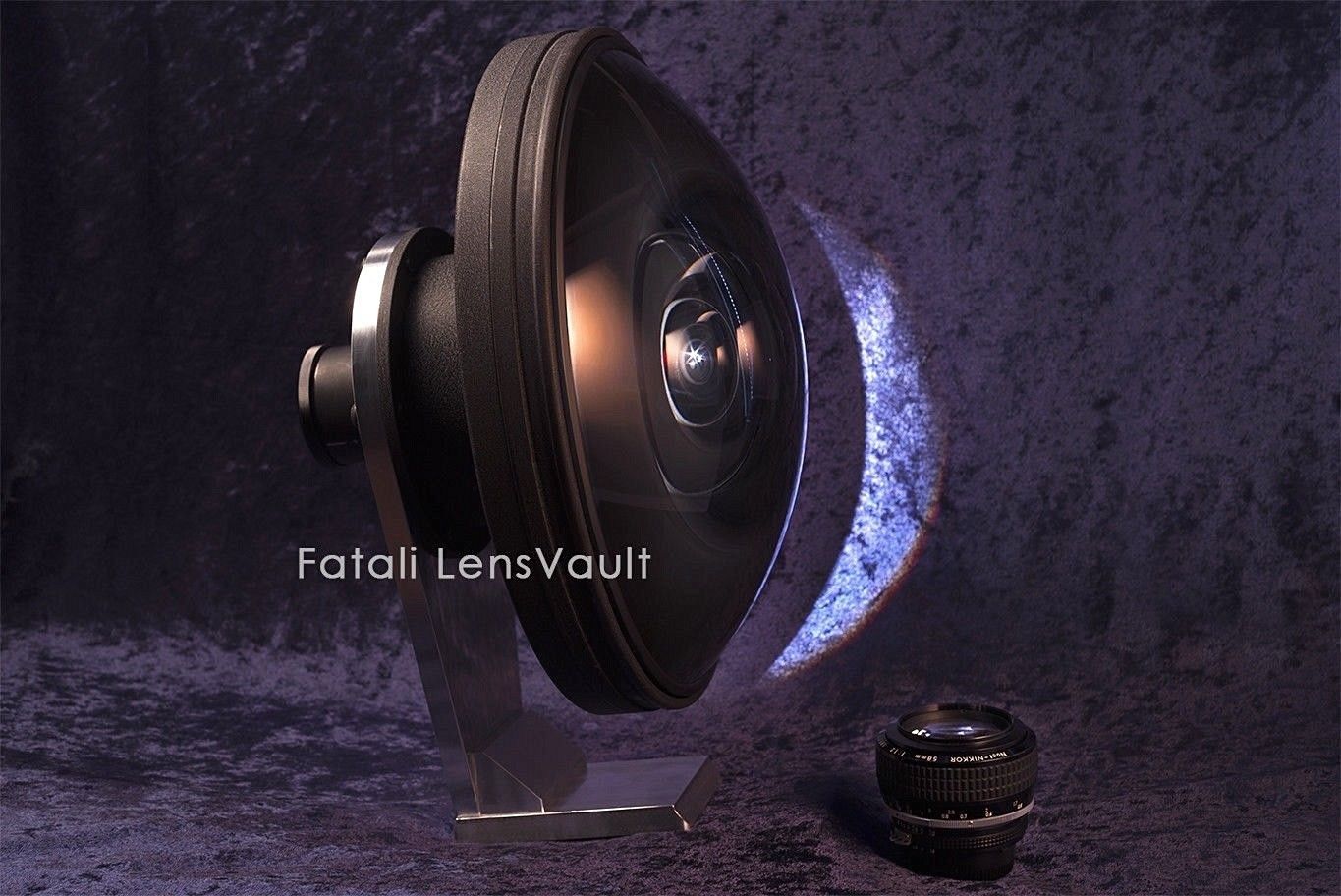petrochemist
TPF junkie!
- Joined
- Mar 9, 2014
- Messages
- 2,091
- Reaction score
- 1,154
- Location
- North Essex UK
- Can others edit my Photos
- Photos OK to edit
I've no idea why you consider a 90° FOV special but for the sake of completeness here's a list of diagonal measurements for various digital sensor types used in interchangeable lens cameras:
Sensor diagonal/mm
1/2.3" 7.66 (Pentax Q)
1/1.7" 9.5 (Pentax Q7)
1" type 15.86 (Nikon CX)
MFT 21.6
Foveon X3 24.9 (Sigma SD14...)
Canon APSC 26.7
Other APSC 28.2 to 28.4
Canon APSH 33.5
'Full frame' 43.0 to 43.3
Typical MF 55 (Pentax 645D, Fuji GFX 50s...)
Large MF 67.4 (Phase One P65+)
135 film '35mm' is 43.27mm in it's standard still mode there are several other sizes also used for this film (at least 4 historically for cine)
If you want to work out the FOV for any sensor dimension (diagonal, horizontal etc) & any rectilinear focal length you can used the following formula (specified for Excel)
Angle=DEGREES(2*ATAN(Sensor dimension/(Focal length ^2)))
Without the 'degrees' excel will give the answer in radians - 90° is PI/2 (roughly 1.5707963) radians.
If we want to go to 180° that means we need to loose the rectilinear designs and go with a fish-eye of which there are multiple types each having a different focal length for a particular FOV at X displacement. The differences here can be dramatic at the focal length where an 'orthogonal' fisheye gives 180°, a stereographic type will have under 110° (Orthogonal designs can't go beyond 180°)
Sensor diagonal/mm
1/2.3" 7.66 (Pentax Q)
1/1.7" 9.5 (Pentax Q7)
1" type 15.86 (Nikon CX)
MFT 21.6
Foveon X3 24.9 (Sigma SD14...)
Canon APSC 26.7
Other APSC 28.2 to 28.4
Canon APSH 33.5
'Full frame' 43.0 to 43.3
Typical MF 55 (Pentax 645D, Fuji GFX 50s...)
Large MF 67.4 (Phase One P65+)
135 film '35mm' is 43.27mm in it's standard still mode there are several other sizes also used for this film (at least 4 historically for cine)
If you want to work out the FOV for any sensor dimension (diagonal, horizontal etc) & any rectilinear focal length you can used the following formula (specified for Excel)
Angle=DEGREES(2*ATAN(Sensor dimension/(Focal length ^2)))
Without the 'degrees' excel will give the answer in radians - 90° is PI/2 (roughly 1.5707963) radians.
If we want to go to 180° that means we need to loose the rectilinear designs and go with a fish-eye of which there are multiple types each having a different focal length for a particular FOV at X displacement. The differences here can be dramatic at the focal length where an 'orthogonal' fisheye gives 180°, a stereographic type will have under 110° (Orthogonal designs can't go beyond 180°)






![[No title]](/data/xfmg/thumbnail/41/41493-60071420f928565170996b4edc3de2f0.jpg?1734175887)


![[No title]](/data/xfmg/thumbnail/32/32812-c004ccede2969e280733ed1a4271ec1a.jpg?1734162500)
![[No title]](/data/xfmg/thumbnail/41/41492-467958db3420bceb7ab410a12dcc681f.jpg?1734175885)